Research
Members of the ARC conduct a wide array of scientific and engineering research. Science programs include searching for exoplanets and studying planet formation, understanding the environments for star formation, calculating the evolutionary stages of stars, modeling nuclear processes shaping stellar and galactic evolution, and leading team science for major astronomical instrumentation and future observatories. Engineering programs develop new adaptive optics technologies, instrumentation for radio astronomy, and advanced wide-field imaging and spectroscopic instruments.
ARC members are leaders in developing and utilizing next-generation astronomical facilities, including contributing to the Thirty Meter Telescope (TMT), the European Extremely Large Telescope (E-ELT), the upcoming Square Kilometre Array (SKA) via the Canadian SKA Regional Centre (CanSRC) hosted at UVic, and the proposed Canadian CASTOR space telescope.
Astronomical Research can be theoretical or observational, computational or instrumental, but what links these studies is a curiosity about the cosmos. Are there other habitable planets? Where did the Earth, the Sun, the Galaxy come from? How many galaxies are there? What happened after the Big Bang that lead to structure formation? Addressing these kinds of questions requires a variety of techniques from high quality instruments on cutting-edge telescopes and their use in the collection of big datasets, to high-performance computations and theoretical/numerical modelling on the latest superclusters of computers. Physical data, such as nuclear reaction rates in high temperature/density environments are also necessary to accurately describe phenomena the Universe.
Our observational astronomers are searching for exoplanets and the most distant galaxies, examining how stars form and evolve, studying the variations in the properties of galaxies, including the size/presence of central blackholes in galaxies.
Theoretical astronomers are examining cosmological models of the formation of the Universe, often through detailed calculations on the latest supercomputers. Other theorists are carrying out high-performance calculations of nuclear burning in stars coupled with convective mixing to study the formation of the chemical elements and evolution of their stellar hosts.
Engineers and scientists in our group are working together to build astronomical instruments and test new techniques to improve operations and performance of current instruments. Some engineers are also testing new devices for higher performance at extremely low temperatures or longer wavelengths in anticipation of the next generation of ground based arrays. Some scientists are involved in working groups to define the scientific goals of the next generation of instruments, and exploring new ways to capture and process big datasets of the future.
- ARC Astrohub
- Canadian Astronomy Data Centre (CADC)
- Canadian Advanced Network for Astronomical Research (CANFAR) - Cloud computing for data intensive astronomy.

Cosmology research at ARC involves studying the formation and evolution of galaxies and large-scale structures from the early Universe to today. We tackle these fundamental questions using observations, theoretical work, and large computational simulations.
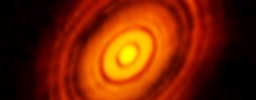
This field includes the search for and characterization of planets around other stars (exoplanets) and detailed studies within our own Solar System, particularly the Kuiper Belt. Research also focuses on the circumstellar and protoplanetary disks where planets are born.
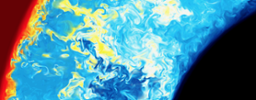
Stellar astrophysics encompasses understanding stellar evolution and nuclear astrophysics. ARC researchers model the interiors and atmospheres of stars and analyze their spectra to understand stellar lifecycles and chemical contributions.
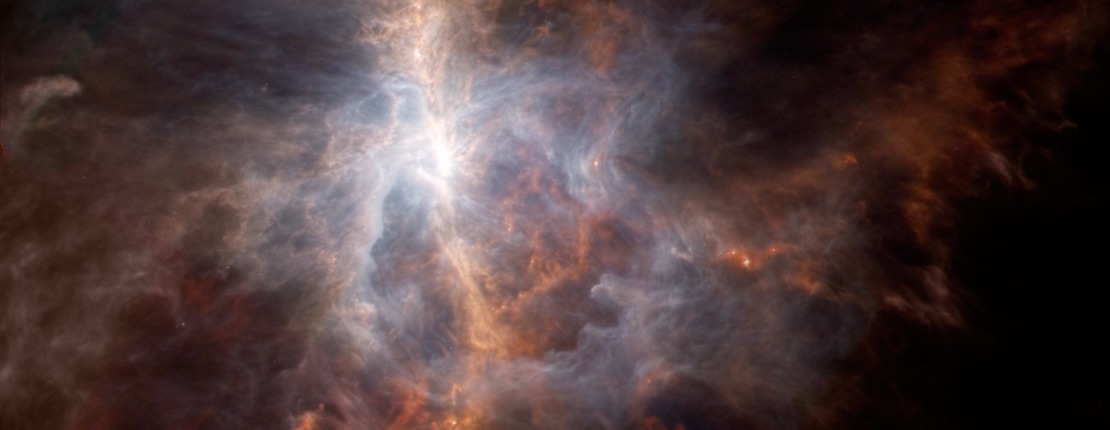
Star formation occurs within dense regions of interstellar molecular clouds. ARC researchers use observational data from world-class telescopes (like ALMA and JWST) and compare these with sophisticated numerical simulations and analytical models to understand this complex process.
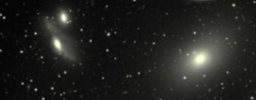
ARC researchers study how galaxies form, interact, and evolve over cosmic time, examining nearby galaxies and those in the distant Universe. Large observational surveys are used to analyze galaxy mergers, gas content, morphology, and chemical enrichment.

High performance computing techniques such as machine learning, neural networks and deep learning methods are poised to revolutionize the way we do astronomy in this era of massive data sets. ARCNet is an umbrella that encompasses three collaborations (GalNet, PlaNet and StarNet) that are applying cutting-edge data science techniques to large astronomical data sets.

ARC researchers and their partners are at the forefront of designing and building cutting-edge technology and instruments for the next generation of ground-based and space telescopes.
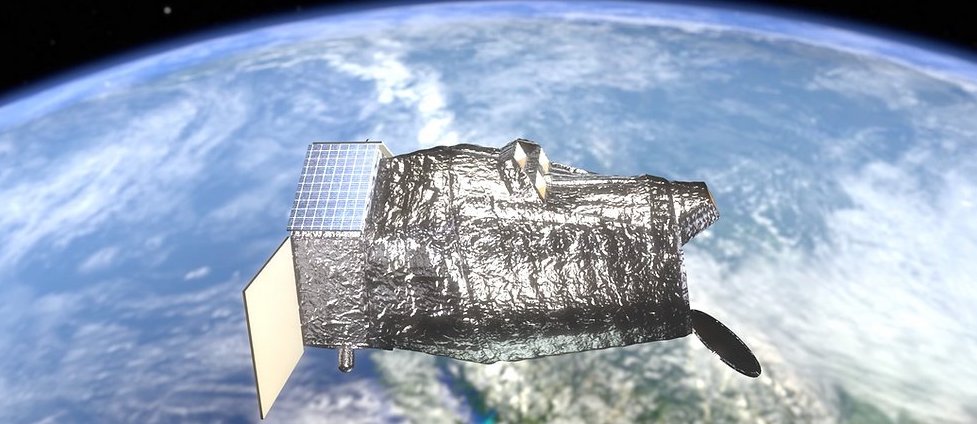
ARC members play key roles in major international facility projects. This includes scientific leadership and instrumentation development for ground-based observatories like the Thirty Meter Telescope (TMT), the European Extremely Large Telescope (E-ELT), and the Square Kilometre Array (SKA), as well as space missions like the proposed CASTOR telescope.








